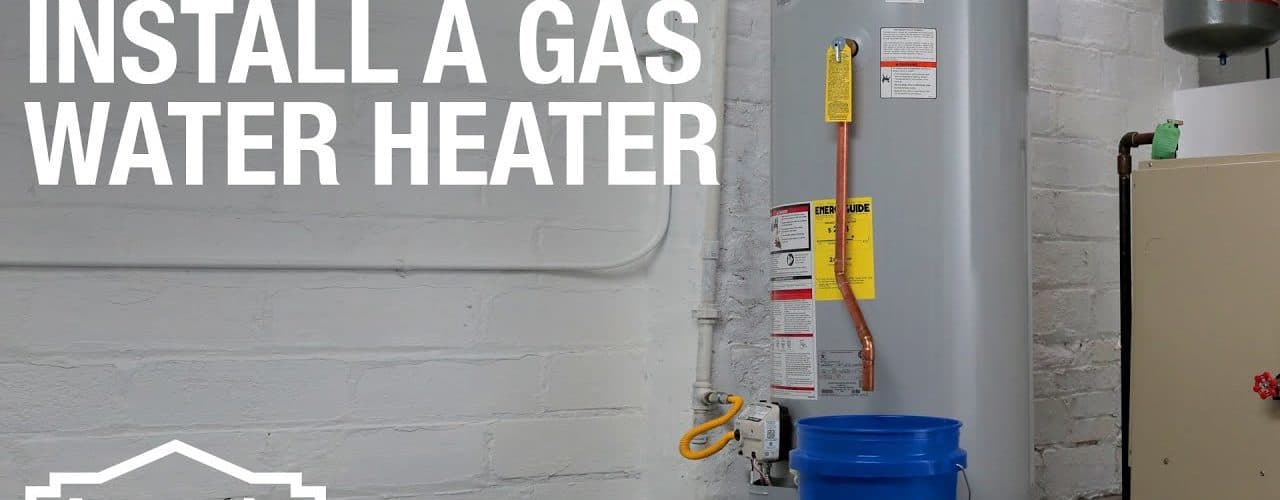Repairing a gas or electric water heater does not have to be a daunting task. The first step in any repair job is determining what the problem is. using the following checklist will help you to narrow down your problem and fix your water heater.
Is water is leaking from…
The tank
If water is around the base of your unit, look for signs of corrosion. If you see blistering, rust, and pitting you likely need to replace the unit rather than repair it. The average life of most water heaters is 10 years.
A drain valve
If water is leaking from the drain valve, located at the bottom of the tank, it may need to be tightened. Be sure you do not over tighten it, as it will break. If tightening the valve does not stop the leak, than the valve needs to be replaced. Turn off the heat source and the water supply. Attach a garden hose to the valve stem and run the hose either outside or to an inside drain. Open the valve and allow the water to drain form the tank. Replace the valve.
A pipe
See if the actual pipe is leaking or if it is condensation. Cold water in the pipe will cause a condensation drip if there is not adequate ventilation. If a pipe is leaking, you will need to turn off the water to the house and repair the pipe.
If your problem is not water leakage but lack of hot water, check for the following:
No hot water
For a gas heaters, check to be sure the pilot is staying lit. If it is not, make sure something is not blocking the flow of air around the base of the heater. A common problem is pet hair. Turn off the gas and vacuum out the base of the heater, be sure to clean all ventilation holes and filters. Restart the heater and monitor it for failure. If the pilot continues to fail, the thermocouple may be bad and have to be replaced.
If you have an electric water heater, check to see if a circuit breaker or the high temperature limit switch has tripped. Reset and restart the heater. If there still is no hot water, the thermostat or heating element may need to be replaced.
Not enough hot water
Check to see if the thermostat is set to the correct temperature. If resetting the thermostat does not result in enough hot water, the heater may not be large enough for your usage needs. A gas unit maybe experiencing low gas pressure which requires contacting your utility provider.
You may have developed a build up of scale and sediment in the tank. Flush the tank utilizing the drain valve.
If your problem is strange popping, whistling, or hissing noises…
Most noises are not actual problems that need to be corrected. Scale builds on the bottom of the tank or on the heating elements in electric tanks, and this creates pockets for steam to escape. Flushing the tank should help.



